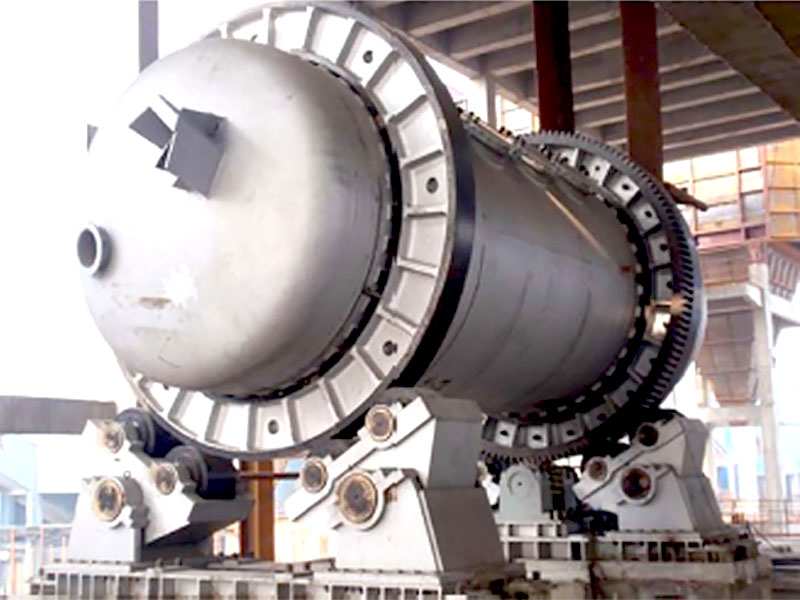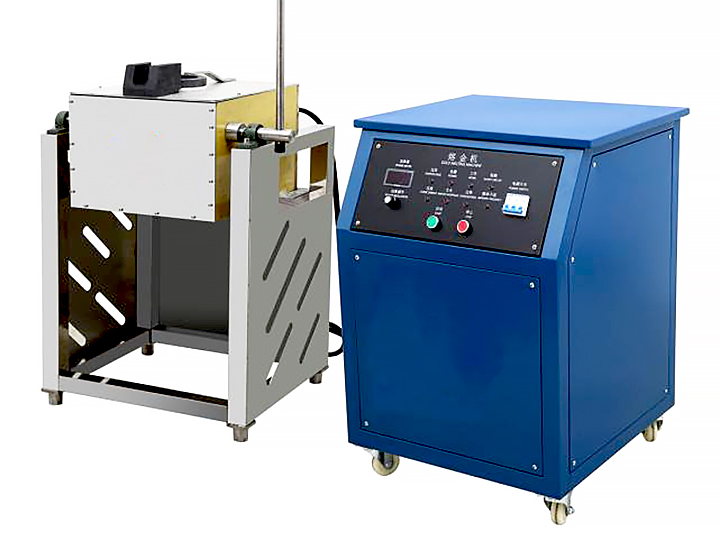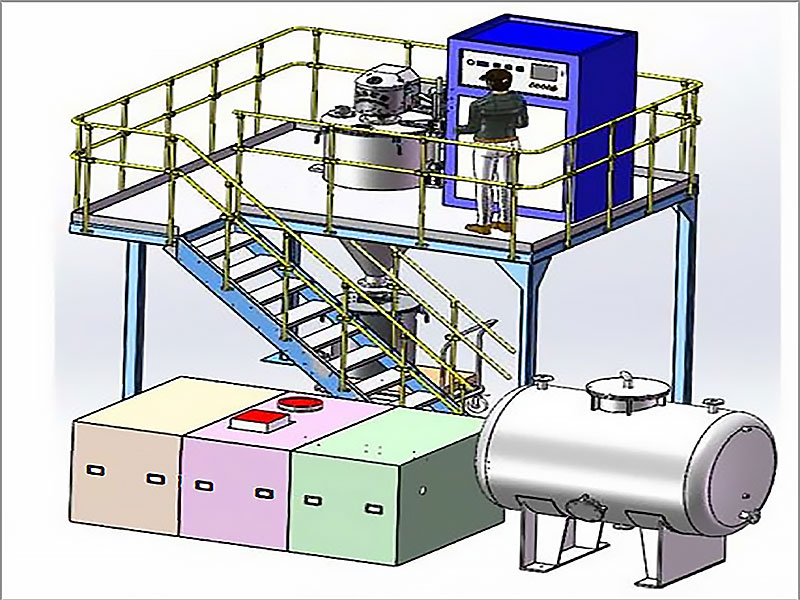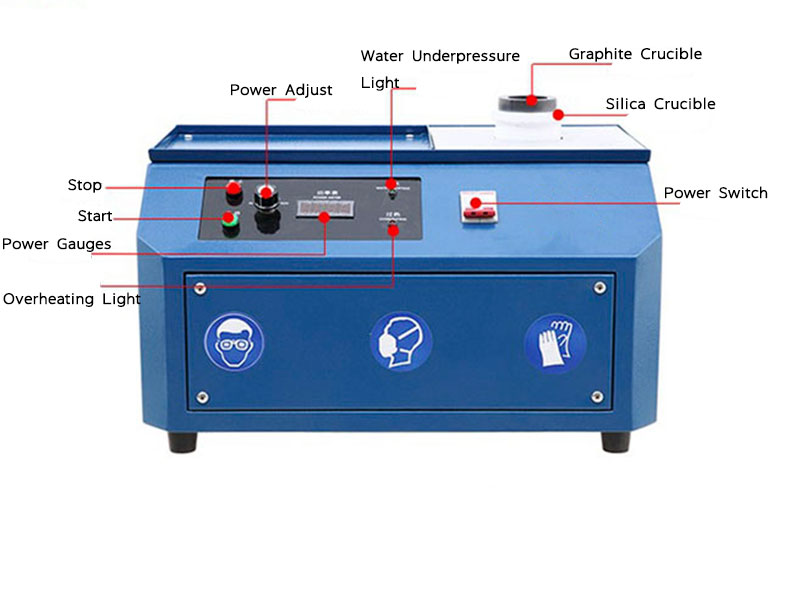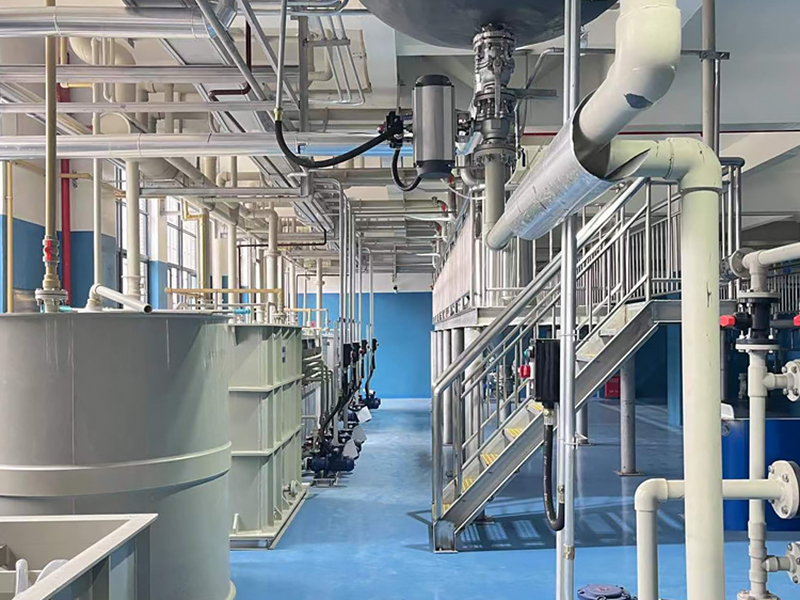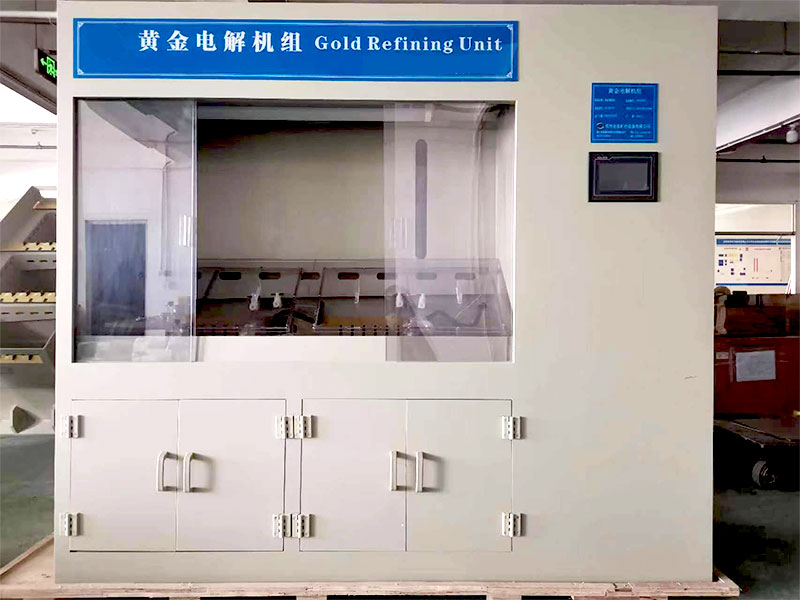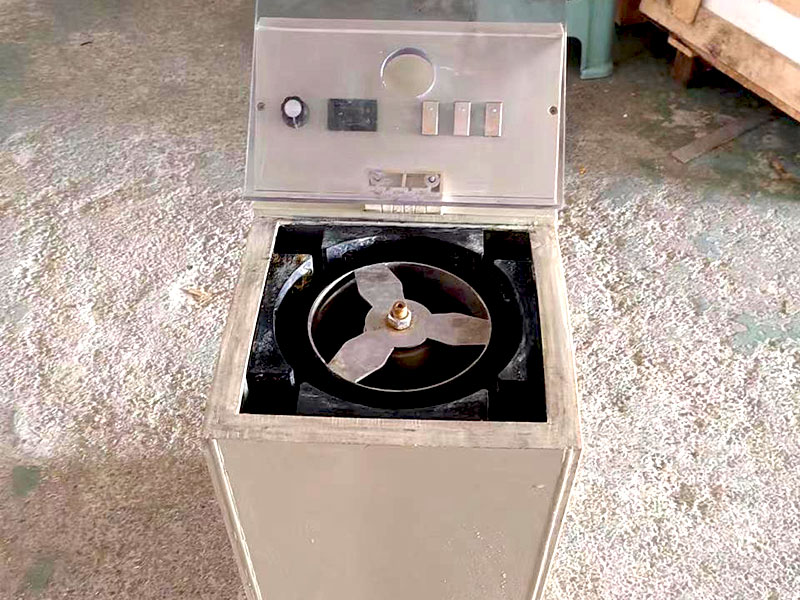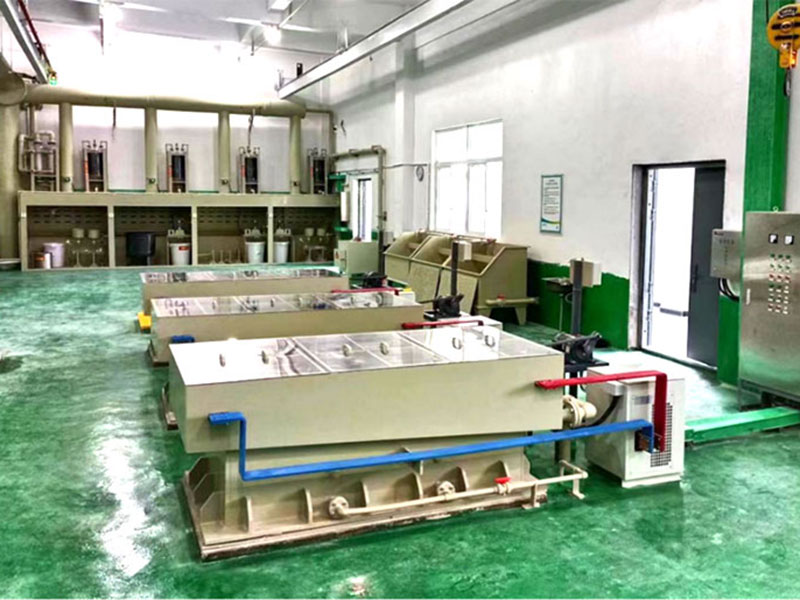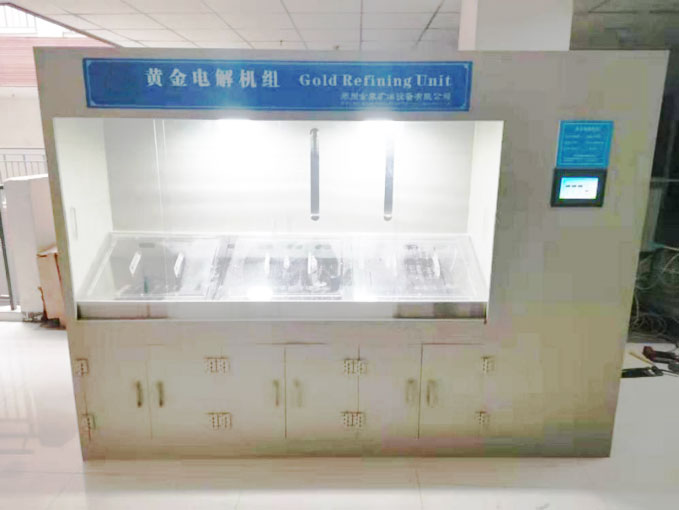the process of refining silver
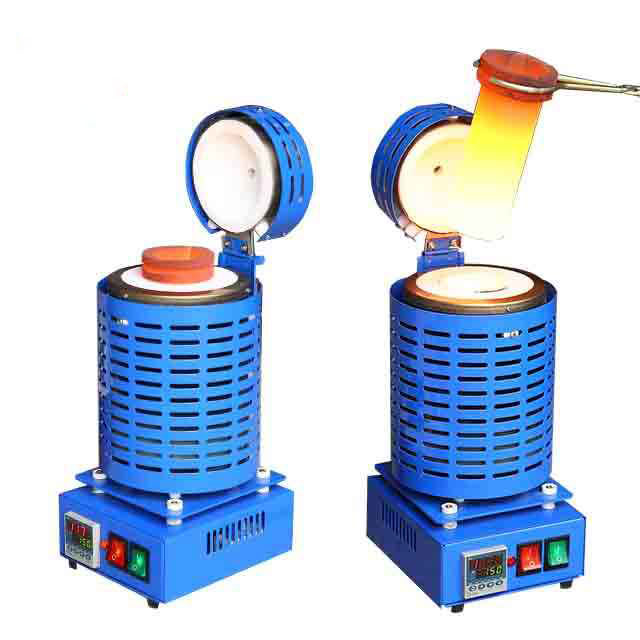
The Process of Refining Silver A Detailed Guide
Refining silver is an ancient and intricate process that has evolved over centuries, transforming raw ore into pure, valuable metal. The process of refining silver involves several steps, each designed to remove impurities and produce a high-purity product suitable for industrial, investment, or decorative use. This article will explore the key steps involved in the process of refining silver, highlighting the techniques and tools used throughout the process.
Understanding the Importance of Refining Silver
Before diving into the steps of the process of refining silver, it is essential to understand why refining is necessary. Silver is often found in nature combined with other metals or minerals. These impurities must be removed to achieve pure silver that meets industry standards. Refining ensures that the silver produced is free from contaminants, enhancing its value and making it more versatile for various applications.
Primary Steps in the Process of Refining Silver
1. Mining and Extraction
The first step in the process of refining silver is extracting silver from the earth. Silver is typically mined from ore deposits where it is found alongside other metals such as copper, lead, or gold. Silver ore is extracted using techniques like open-pit mining or underground mining. Once extracted, the ore is crushed into small pieces to prepare it for the refining process.
2. Concentration of Silver Ore
After the ore is crushed, it undergoes a concentration process to separate the silver from the surrounding materials. This can be done through various methods, including flotation or gravity concentration. In flotation, chemicals are added to the crushed ore, causing the silver particles to rise to the surface, where they can be collected. Gravity concentration relies on the natural density differences between silver and other materials to separate them.
3. Smelting the Silver Ore
The next step in the process of refining silver is smelting. Smelting is a high-temperature process that involves melting the concentrated silver ore to separate the metal from its impurities. The silver ore is placed in a furnace along with a flux, which helps to bind the impurities and draw them out of the molten metal. The molten silver sinks to the bottom of the furnace, while the impurities float on top and can be skimmed off.
4. Cupellation
Once the silver has been smelted, it undergoes a process called cupellation. This is a refining method that involves heating the silver in a special furnace known as a cupel. The silver is placed in the cupel along with lead, which acts as a purifying agent. As the mixture is heated, the lead oxidizes and binds to any remaining impurities, leaving behind pure silver. The impurities are absorbed into the cupel, and the lead is burned off, resulting in highly purified silver.
5. Electrolytic Refining
Electrolytic refining is often used as a final step to achieve the highest possible purity in silver. In this process, the silver is dissolved into an electrolyte solution, and an electric current is passed through the solution. This causes the silver ions to move towards a cathode, where they deposit as pure silver. Any remaining impurities are left behind in the solution or form a sludge at the bottom. The process of refining silver through electrolysis can produce silver with a purity of up to 99.9%.
Modern Techniques in Refining Silver
While traditional methods like smelting and cupellation are still used, modern advancements have introduced more efficient techniques in the process of refining silver. One such technique is the use of chemical refining, where acids or other chemicals are used to dissolve impurities and leave behind pure silver. This method is particularly useful for refining large quantities of silver or for recycling silver from industrial products, such as electronics.
Chemical Refining
In chemical refining, silver is typically dissolved in a solution of nitric acid. This creates a silver nitrate solution, which can then be treated with copper or another reducing agent to precipitate the pure silver out of the solution. The silver is collected and melted down to produce ingots or bars.
Environmental Considerations in Silver Refining
The process of refining silver has evolved to become more environmentally friendly in recent years. In the past, refining silver often produced harmful byproducts, such as toxic gases or waste materials that contaminated the environment. Today, many refineries use advanced filtration systems to capture pollutants and treat waste products to minimize their environmental impact. Additionally, the recycling of silver has become a significant part of the refining industry, reducing the need for mining and conserving natural resources.
Applications of Refined Silver
After the process of refining silver is complete, the pure silver produced can be used in a variety of industries. Some common applications include:
- Jewelry and silverware: Silver’s aesthetic appeal and workability make it a popular choice for crafting fine jewelry, tableware, and decorative items.
- Electronics: Silver’s excellent conductivity makes it ideal for use in electrical components such as switches, relays, and circuit boards.
- Photography: Although less common today due to digital photography, silver was once widely used in photographic film and printing processes.
- Coins and bullion: Silver is also used in minting coins and producing bullion for investment purposes.
Challenges in Refining Silver
While the process of refining silver is generally well understood, it does come with challenges. Silver ore often contains other precious metals such as gold, platinum, or palladium, which must be carefully separated during the refining process. Additionally, silver can be difficult to purify to extremely high levels, particularly when it is contaminated with metals like lead or zinc. As a result, specialized equipment and techniques are often required to achieve the desired purity.
The process of refining silver is both an art and a science, involving multiple steps to remove impurities and produce high-quality, pure silver. From mining the raw ore to using advanced refining techniques like cupellation and electrolytic refining, each stage of the process plays a critical role in achieving the desired results. Whether used for jewelry, electronics, or investment, refined silver remains a valuable commodity, and the refining process ensures its purity and quality for various applications.

